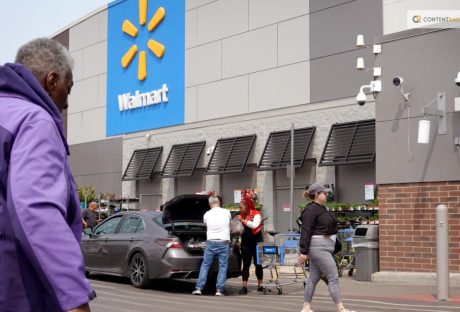Patents have actually existed since the 1300s when an inventor was granted a right to a monopoly. While the specifics of the grants, the complexity of the issuing process, and the number of patents that exist have greatly expanded, the principle idea of the right has not changed significantly. However, we now have a robust industry of patent attorneys like Tampa’s The Patent Professor, a profession you probably wouldn’t have stumbled across in the Medieval times. Read more below about the evolution of the United States patent system to what we know it to be today:
The Colonial Period:
In the Colonies, there was no set patent process or a centralized patent office, since each colony operated essentially as a completely individual territory under the British monarchy. However, each colony issued “patents” on a case-by-case basis, with the first being issued to Samuel Winslow by the Governor of Massachusetts in 1641. Winslow was granted a 10-year monopoly on a particular method of harvesting salt.
Adoption of the US Constitution:
In Article 1, Section 8 of the United States Constitution, there is a provision that specifically addresses the protection of intellectual property. This was the first official mention of a patent in US documentation and signaled that the United States would support innovation with legal tools that allowed term-limited “monopolies” on registered inventions.
The Patent Acts:
1790:
3 years after the adoption of the US Constitution by the newly formed United States, the Patent Act of 1790 was passed. It gave limited protections, a short, 14-year term for protection, and was found to be fairly unsatisfactory to most concerned citizens of the new country. It would only last a few years before being replaced.
1793:
In 1793, the modern definition of a patent was introduced, and the application process was simplified. This Patent Act stood for over 50 years and granted over 10,000 patents before being updated once more.
1836:
In 1836, a new Act was passed that formally established the United States Patent Office, whereas previous patent applicants had to appeal directly to the Secretary of State (and in the first Patent Act, to the Attorney General and Secretary of War as well). In addition, it created a database of all existing patents, available in public libraries, so that people could research before submitting their application to ensure that it was a truly original idea. Finally, it created the option for patent holders to extend from 14 to 21 years in some cases.
Depression and Anti-Patent Sentiments:
In the 1890 Depression, and again during the Great Depression, US citizens held an exceptionally negative attitude towards patents, and these sentiments led to the establishment of antitrust laws. These laws created limitations on the monopolies that major corporations were able to form and gave power back to the smaller players of the industry.
The Modern United States Patent and Trademark Office:
The Patent Act of 1952 created the current patent system as we know it today. It added additional stipulations for the final approval of a patent, such as ways that it could be infringed, explaining how it is useful and non-obvious, and other details that are still present in the application process to the USPTO.
Patent law is constantly evolving, and as more patents and new technologies develop, you can be certain that they will continue to evolve, even more rapidly as the rate of innovation increases.
Read Also:






















